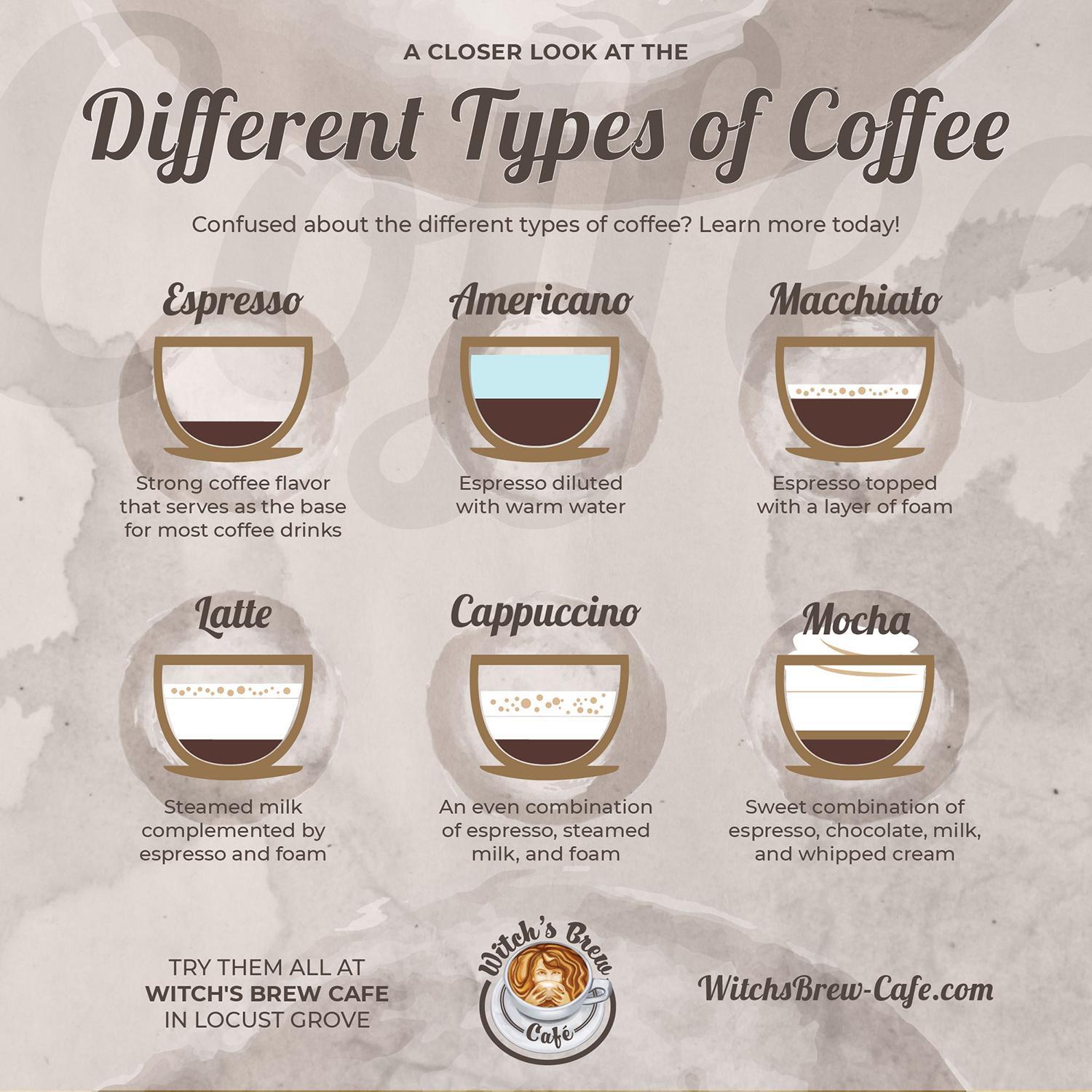As a coffee enthusiast, I’ve often wondered, “What exactly makes coffee and espresso different?” Despite both coming from the same beans, they have distinct flavors, textures, and caffeine levels. After some research, I’ve uncovered the key factors that set these two beverages apart, and I’m excited to share what I’ve learned. Uncover the advanced capabilities of the Philips 5500 LatteGo review
Though both coffee and espresso are made from ground beans, their differences lie in their preparation, grind size, brewing time, flavor, and caffeine content. Let’s break down these distinctions to help you appreciate both drinks, whether you’re a casual coffee drinker or an espresso aficionado. Get a closer look at the features of the Philips 5400 LatteGo review
The Fundamental Difference: Brewing Process
The primary distinction between coffee and espresso comes down to how they are brewed. This directly influences the flavor, texture, and concentration of each drink. Explore our top picks in the Best Automatic Espresso Machine review
For regular coffee, common brewing methods include drip coffee makers, pour-over, or French press. These methods allow water to slowly extract flavor from coarsely ground beans over several minutes, producing a milder, less concentrated drink. Find the perfect machine to beat the heat in the Best Iced Coffee Maker review
Espresso, on the other hand, is brewed using pressure. An espresso machine forces near-boiling water through finely ground coffee at about 9 bars of pressure, extracting a rich and concentrated shot in just 25-30 seconds. The process results in a bold, intense flavor, a thicker texture, and the signature crema—a golden-brown foam that forms on top of a well-brewed shot. Dive into the best options for making lattes in the Best Latte Maker review
Simply put, brewing method is the key difference: regular coffee is a slower, more relaxed extraction, while espresso is quick and powerful. Uncover the advanced capabilities of the Philips 5500 LatteGo review

Grind Size and Bean Preparation
Grind size is crucial in determining the taste of coffee and espresso. Regular coffee requires a coarser grind because the longer brewing process prevents bitterness while allowing balanced flavor extraction. Get a closer look at the features of the Philips 5400 LatteGo review
Espresso demands a finer grind to ensure maximum flavor extraction within a short brewing time. Combined with pressure, the finer grind produces espresso’s bold and concentrated taste. In my early espresso-making attempts, I learned that using the wrong grind size can ruin the shot—resulting in either weak or overly bitter flavors. Explore our top picks in the Best Automatic Espresso Machine review
Taste Comparison: Bold vs. Smooth
Regular coffee and espresso offer different flavor profiles. Regular coffee is typically smoother and milder, thanks to its slower extraction process. This allows for a balanced and lighter flavor, perfect for those who prefer a more delicate drinking experience. Find the perfect machine to beat the heat in the Best Iced Coffee Maker review
Espresso, however, packs a punch. Its intense flavor comes from the fine grind and high-pressure brewing. Espresso has a thicker, syrup-like texture, delivering a robust and concentrated taste. Depending on the beans, espresso can range from earthy and nutty to fruity, but it always provides a bold and powerful flavor. Dive into the best options for making lattes in the Best Latte Maker review
Personally, I enjoy regular coffee for a slow, relaxed sipping experience. But when I need a quick, flavorful boost, espresso is my go-to.
Caffeine Content: Which One Packs More?
It’s a common misconception that espresso contains more caffeine than regular coffee due to its stronger flavor. While espresso is more concentrated, the caffeine content actually depends on serving size.
An ounce of espresso contains about 63 milligrams of caffeine, while an 8-ounce cup of drip coffee has approximately 95 milligrams. However, since espresso shots are smaller (typically 1-2 ounces), a regular cup of coffee often delivers more total caffeine.
For a sustained caffeine boost, I turn to regular coffee. But when I need a quick jolt of energy, especially in the afternoon, I’ll go for an espresso shot.
The Crema: Espresso’s Signature Touch
One of the most striking visual differences between espresso and regular coffee is crema—the golden-brown foam that forms on top of a freshly brewed shot of espresso. Crema is produced when pressurized water emulsifies the coffee’s natural oils, giving espresso its velvety and smooth finish.
Regular coffee lacks crema because it isn’t brewed under pressure. Personally, I find crema to be the perfect finishing touch, adding an extra layer of richness and texture to my espresso.
Versatility in Beverage Options
Another key difference between coffee and espresso is their versatility. Regular coffee is often enjoyed plain or with milk, but it typically serves as a stand-alone beverage.
Espresso, however, is the foundation for a wide variety of drinks. Lattes, cappuccinos, macchiatos, and Americanos all start with a shot of espresso, with varying amounts of milk, foam, or water added to create different textures and flavors. I love experimenting with espresso-based drinks at home, trying new combinations depending on my mood.

Conclusion
While coffee and espresso come from the same beans, their brewing methods, grind sizes, and flavors set them apart. Regular coffee is smooth and light, ideal for leisurely sipping. Espresso, with its quick extraction and concentrated flavor, is bold and versatile, perfect for a quick pick-me-up or as the base for more complex drinks.
Ultimately, the choice between coffee and espresso comes down to personal preference. If you prefer a mellow experience, regular coffee is likely your go-to. If you’re after something more intense and flavorful, espresso is the answer. For me, it’s all about enjoying the best of both worlds, depending on the time of day or my mood.
